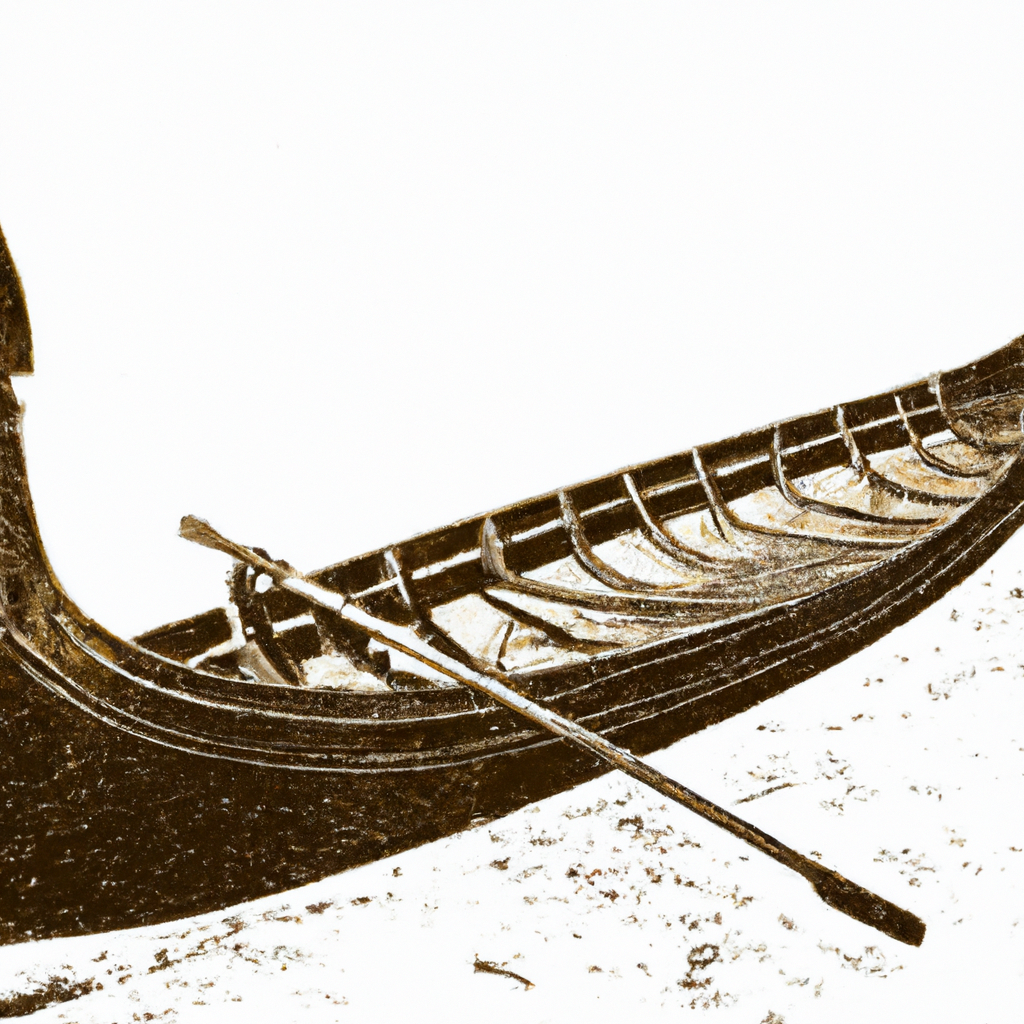Viking Longships: The Marvels of Ancient Naval Engineering
When we think of Vikings, what often comes to mind are their legendary longships. These iconic vessels played a crucial role in Viking society, allowing them to traverse the treacherous northern seas and embark on their adventurous expeditions. But what made Viking longships so remarkable? Let’s set sail on a journey into the world of ancient naval engineering!
1. Sleek and Agile: Designing for Speed and Maneuverability
Viking longships were ingeniously designed to be sleek and agile, boasting a streamlined shape and shallow draft. This allowed them to navigate not only open waters but also shallow rivers, opening up new trade routes and raiding opportunities. These vessels were made for speed and maneuverability, enabling Vikings to surprise their enemies and evade pursuit when necessary.
2. Building Materials: Crafted with Care
The Vikings were skilled shipbuilders, and their longships were meticulously crafted using a combination of wood and iron. The keel and frame were usually made from sturdy oak, while the planks comprising the hull were skillfully carved from lighter, more flexible wood such as pine. Iron rivets were used to secure the planks, creating a robust and watertight structure.
3. Versatility in Size and Purpose
Viking longships came in various sizes, each serving a distinct purpose. The smallest longships, known as “karvi,” were agile and ideal for coastal raiding, while larger examples, such as the famous “drekar,” were more suited to long-distance voyages. Some longships even featured removable sections, allowing them to be easily transported over land when necessary.
4. Oar Power: Rowing Together in Harmony
Viking longships relied on a combination of oars and sail power. A typical longship featured 16 pairs of oars, expertly manned by the crew. Oars allowed for precise maneuvering, especially in narrow and winding waterways, giving the Vikings a tactical advantage during raids and battles. When favorable winds presented themselves, the sails could be unfurled, propelling the longship swiftly through the water.
5. Fearless Explorers: Conquering Uncharted Territories
The superior design and capabilities of Viking longships allowed them to venture into uncharted territories, effectively spreading their influence to distant lands. From the shores of Scandinavia, Vikings embarked on daring expeditions across the North Atlantic, reaching as far as present-day North America and establishing settlements in places like Greenland and Iceland.
6. Longships in Warfare: A Force to Be Reckoned With
Viking longships were not only tools of exploration and trade but also formidable weapons of warfare. Their shallow draft enabled them to approach coastal settlements and river towns that larger vessels couldn’t access. This gave Vikings the element of surprise, allowing them to conduct lightning-fast raids and retreat before a major counterattack could be mounted.
7. The End of an Era
As time passed, the reign of the Viking longships eventually came to an end. With advancing naval technologies and changing societal dynamics, the era of the Vikings slowly faded into history. However, their legacy lives on, and the marvels of their naval engineering continue to captivate modern-day enthusiasts and historians alike.
In conclusion, Viking longships were more than just vessels for transportation—they were feats of engineering brilliance. These artfully designed and carefully constructed ships allowed the Vikings to navigate the vast and unpredictable seas, explore new territories, wage wars, and establish their dominance in the medieval world. Their legacy sails on, reminding us of the remarkable achievements of this seafaring civilization.
